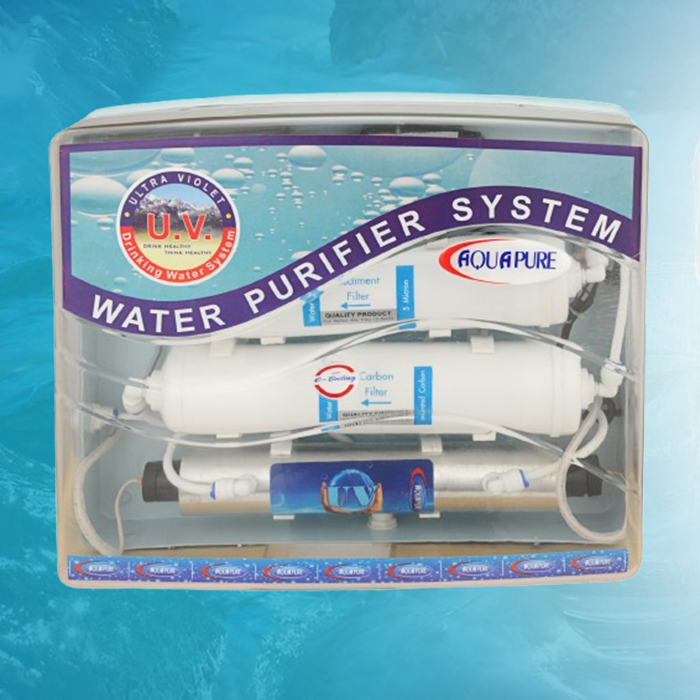A UV disinfection system for the purification of industrial aqua pure water
Any application where water that is free of germs, safe, and clean is required; and if there is a risk that the water may be contaminated before it reaches its final destination, is a good candidate for UV sanitization.
In what ways does the UV Disinfection System differ from other disinfection methods?
Domestic UV System uses a wavelength of 253.7 nanometers of ultraviolet energy. Mold, bacteria, viruses and other things that can multiply and thrive are all destroyed by this light. Bacteria cannot reproduce when their DNA is destroyed by UV disinfection, therefore they are effectively exterminated. UV technology may be used to disinfect drinking water, process water, wastewater, and surfaces, as well as sterilise them. For disinfection, this method may also be used to remove TOC and destroy ozone from the water. There is also the ultraviolet (UV) steriliser, which is utilised in medical institutions, businesses, and offices.
UV disinfection: what is it and how does it work?
In Domestic UV System technology, the ultraviolet light enters bacteria and damages their DNA. The germs are killed by this. Because DNA is so crucial to an organism's activity and reproduction, eliminating it makes the organism unable to do either. This kind of UV radiation is also present in the sun, although at considerably lower proportions. It is possible to produce the same amount of energy but at a greater intensity using high mercury discharge lamps, better known as ultraviolet (UV) lamps.





